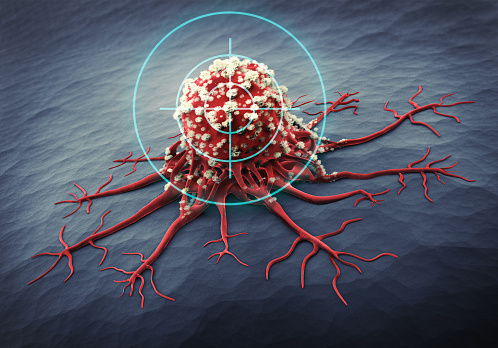Individuals of all ages and socioeconomic backgrounds are susceptible to developing cancer. However, while there has been progress in cancer therapy, the disease is still a leading cause of death worldwide. Researchers are continually discovering new drugs that improve cancer patients’ chances of survival. Radiosurgery is one such technique that has recently emerged as an advancement in cancer care. This article will define radiosurgery, explain how it is carried out, and explain why it is a game-changer for cancer patients. As an added measure, we’ll examine how radiosurgery’s risks stack up against those of other cancer therapies. Read on to learn about this cutting-edge treatment option.
It would be useful to have a definition of radiosurgery.
Cancer can be treated with targeted beams of radiation using a procedure called radiosurgery. Radiation therapy is a viable alternative to open surgery for many forms of cancer.
In radiosurgery, a linear accelerator is used to precisely target the tumor site with radiation. Anti-cancer radiation beams are safe for surrounding healthy tissue. Therefore, radiosurgery is an excellent option for people whose tumors are either too painful to remove surgically or too difficult to reach.
Patients who have undergone radiosurgery typically report feeling very little, if any, discomfort afterwards. In most cases, patients can return to their normal routines far sooner than following traditional surgery, though this varies depending on the size and location of the tumor.
If you or a loved one has been diagnosed with cancer, discuss radiosurgery with your doctor to determine if it is a treatment option worth exploring.
What is the procedure for radiosurgical treatment?
Radiosurgery is a technique that uses high-intensity waves to destroy cancerous tumors in individuals who have already undergone chemotherapy. The waves come from all sides, aiming to hit the tumor with as much radiation as possible while sparing healthy tissue as much as possible.
Radiosurgery can usually be performed as an outpatient procedure, sparing the patient an overnight stay in the hospital. The duration of the procedure may range from one to two hours, depending on the nature and location of the tumor.
After radiosurgery, you could go home the same day or remain in the hospital for another day or two for observation. Your doctor will provide you specific advice for how to look for yourself at home after radiosurgery.
If radiosurgery has any benefits, what are they?
Because of its many advantages, radiosurgery has become an integral part of modern cancer care. To begin, cancerous tumors can be removed surgically with the help of radiosurgery. This means that the healthy tissue surrounding the tumor will be spared during treatment, keeping the patient’s health and quality of life intact.
Radiosurgery can also be used to treat cancer that has spread to other regions of the body (metastatic disease). This is due to the fact that radiosurgery targets the tumor directly while sparing the surrounding healthy tissue, unlike conventional surgery. This is a major improvement over standard radiation therapy, which usually causes damage to healthy tissue in addition to the cancer cells.
Simply put, radiosurgery is a fast, painless option for therapy. Due to the fact that patients don’t have to spend the night in the hospital, their time spent recovering is reduced to a minimum. Hospitalization for the night is routinely required after invasive medical procedures.
Who is eligible for radio surgery?
Radiosurgery uses high-powered beams of radiation to kill cancer cells. Effectively eliminating cancer cells while minimizing damage to healthy tissue is the goal of precision radiation therapy.
Radiosurgery is an option for treating small cancers in inaccessible places. Additionally, it can be used to treat cancers that have spread to many organs ( metastatic disease).
Radiosurgery may be an option for patients who aren’t good surgical candidates or who can’t tolerate the side effects of traditional radiation therapy.
The Finest Radiosurgical Clinic in All of New York City is Dr. Lederman’s RSNY
When it comes to radiosurgery, nobody does it better than New York’s Dr. Lederman Radiosurgery Treatment Centre. Many people have been helped by Dr. Lederman and his team’s novel approach to cancer treatment.
All phases of radiosurgical care, from initial consultation to follow-up visits, are offered at the Dr. Lederman Radiosurgery Treatment Centre. This ensures that every patient receives the best possible outcome.
In the event that you or a loved one has been diagnosed with cancer, don’t hesitate to get in touch with the Dr. Lederman Radiosurgery Treatment Centre. We will work together to develop a plan of care that gives you the best chance of overcoming your disease.
Conclusion
The development of radiosurgery has given cancer patients a new tool in their fight. There are fewer side effects and quicker recoveries, which increases the likelihood of survival and enhances the quality of life. It’s undeniable that radiosurgery has helped many people, but there’s still room for improvement in how it treats cancer. The continued advancement of this cutting-edge technology in the next years gives us hope that more people will be able to beat cancer and reclaim their lives.




